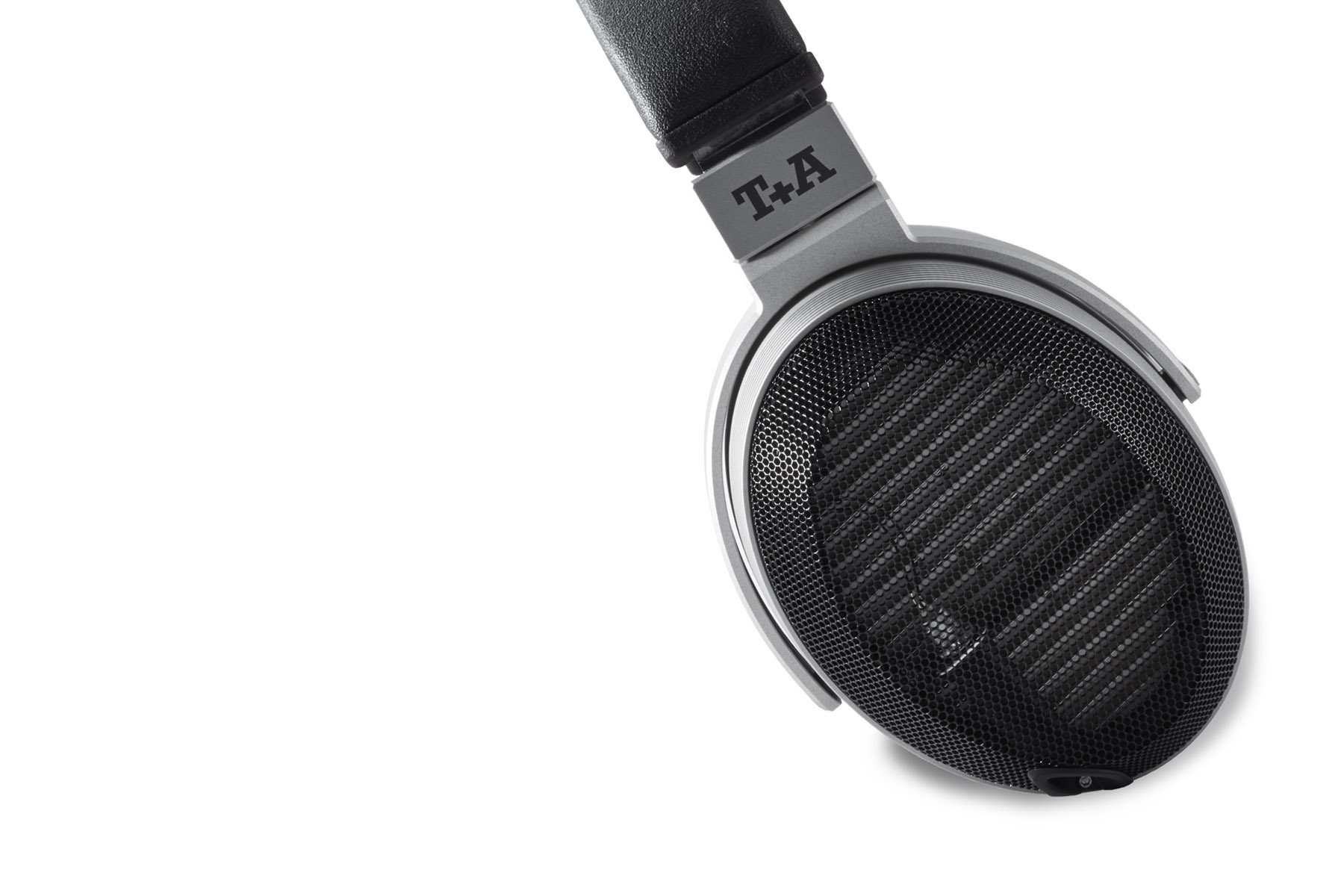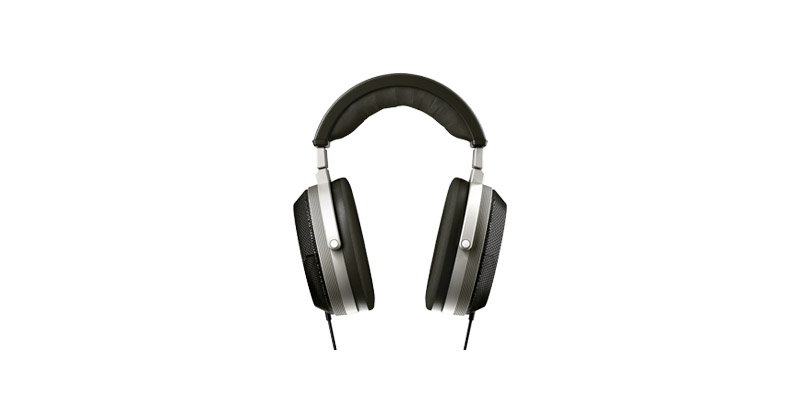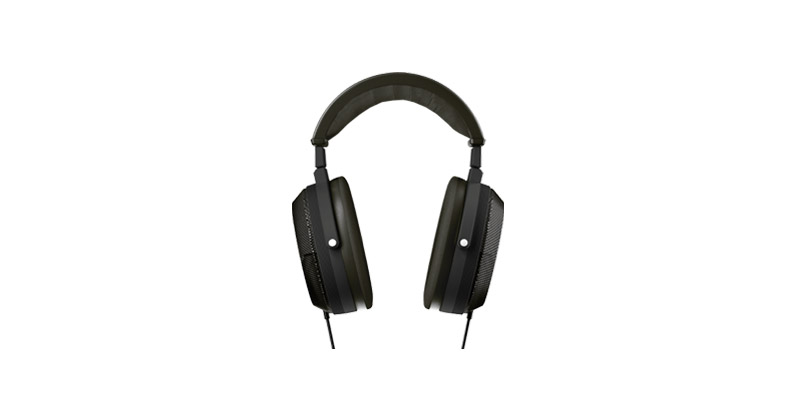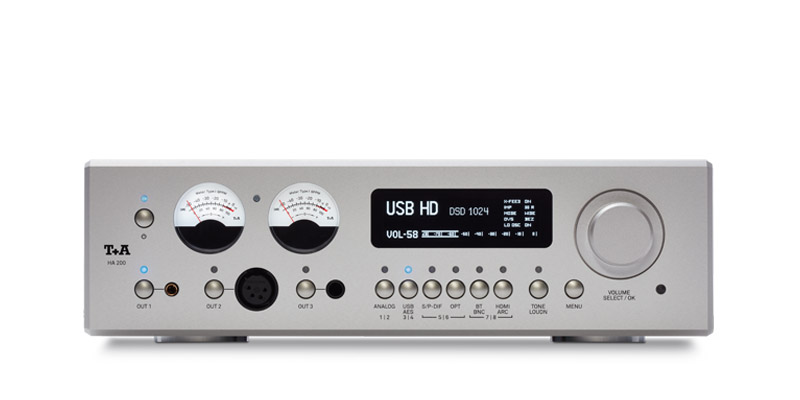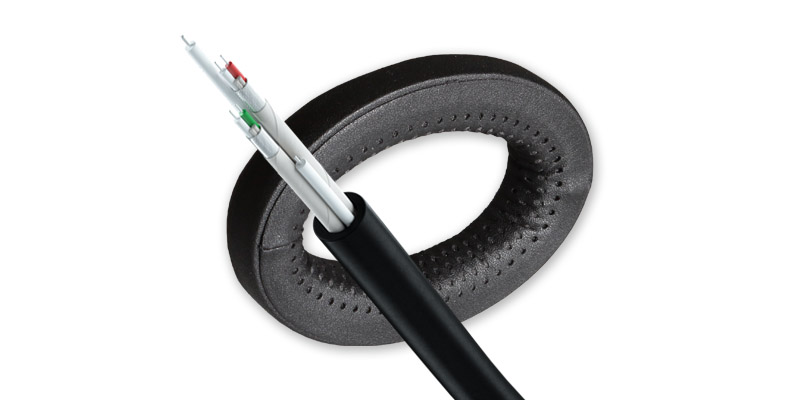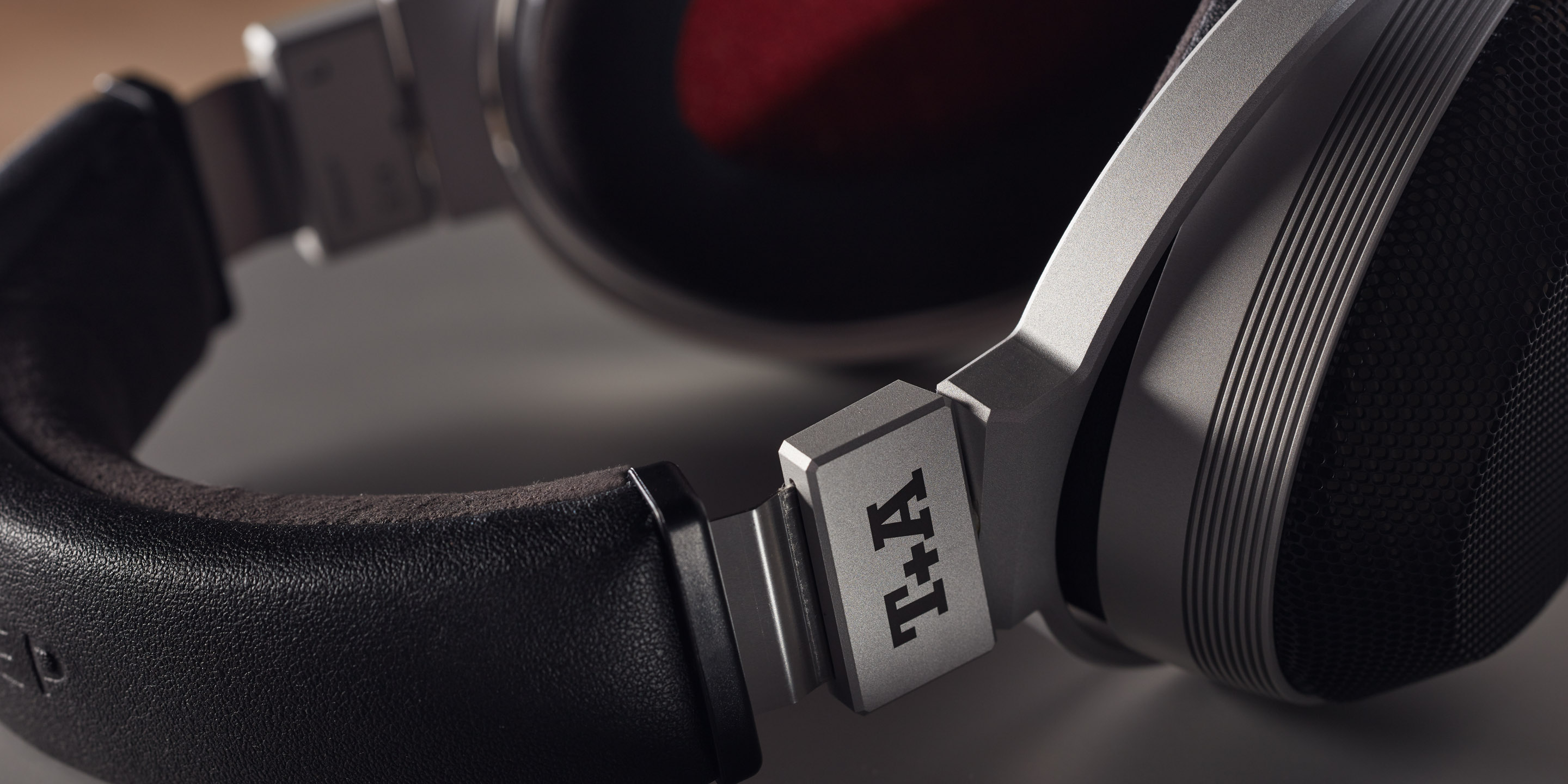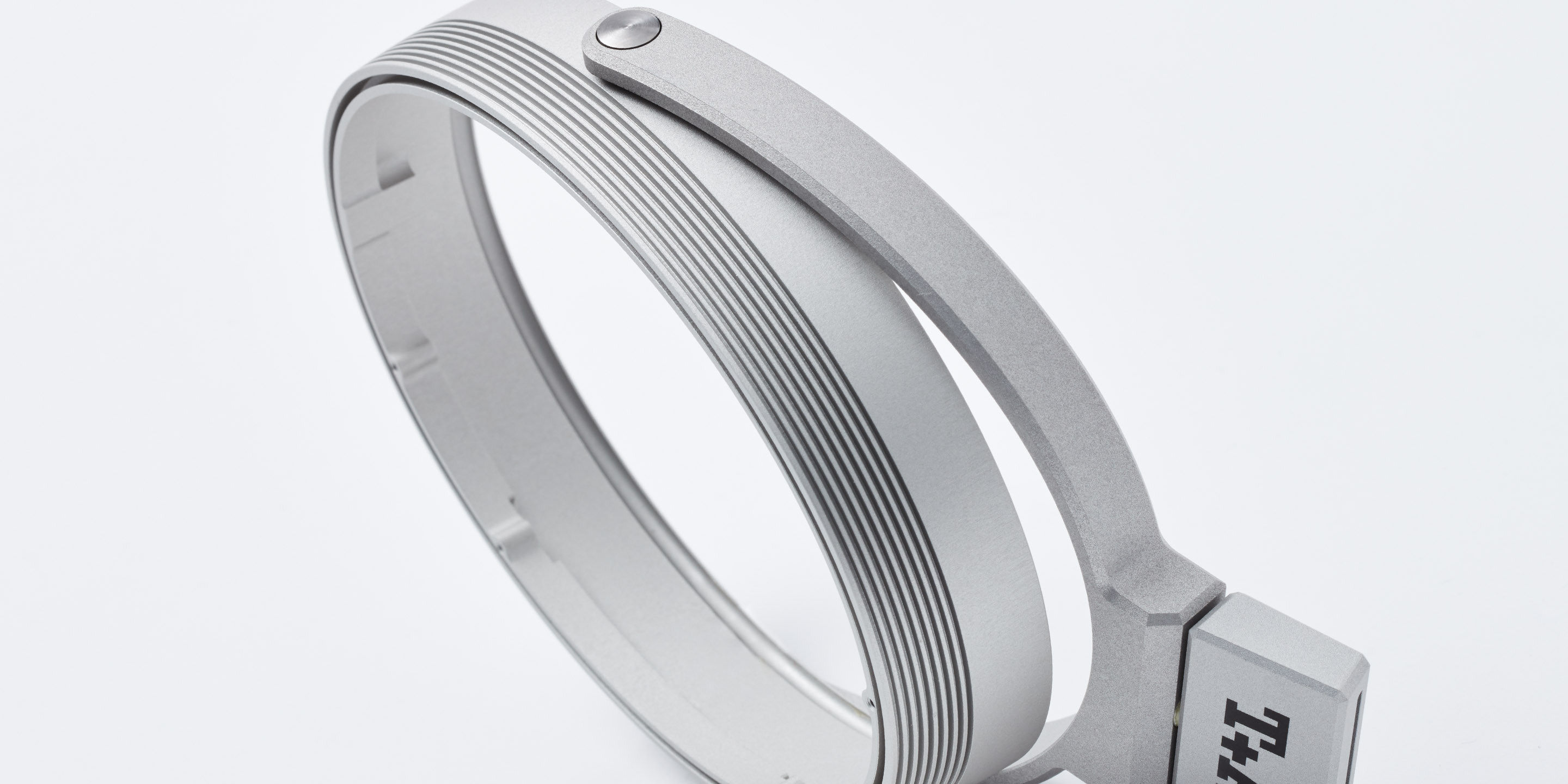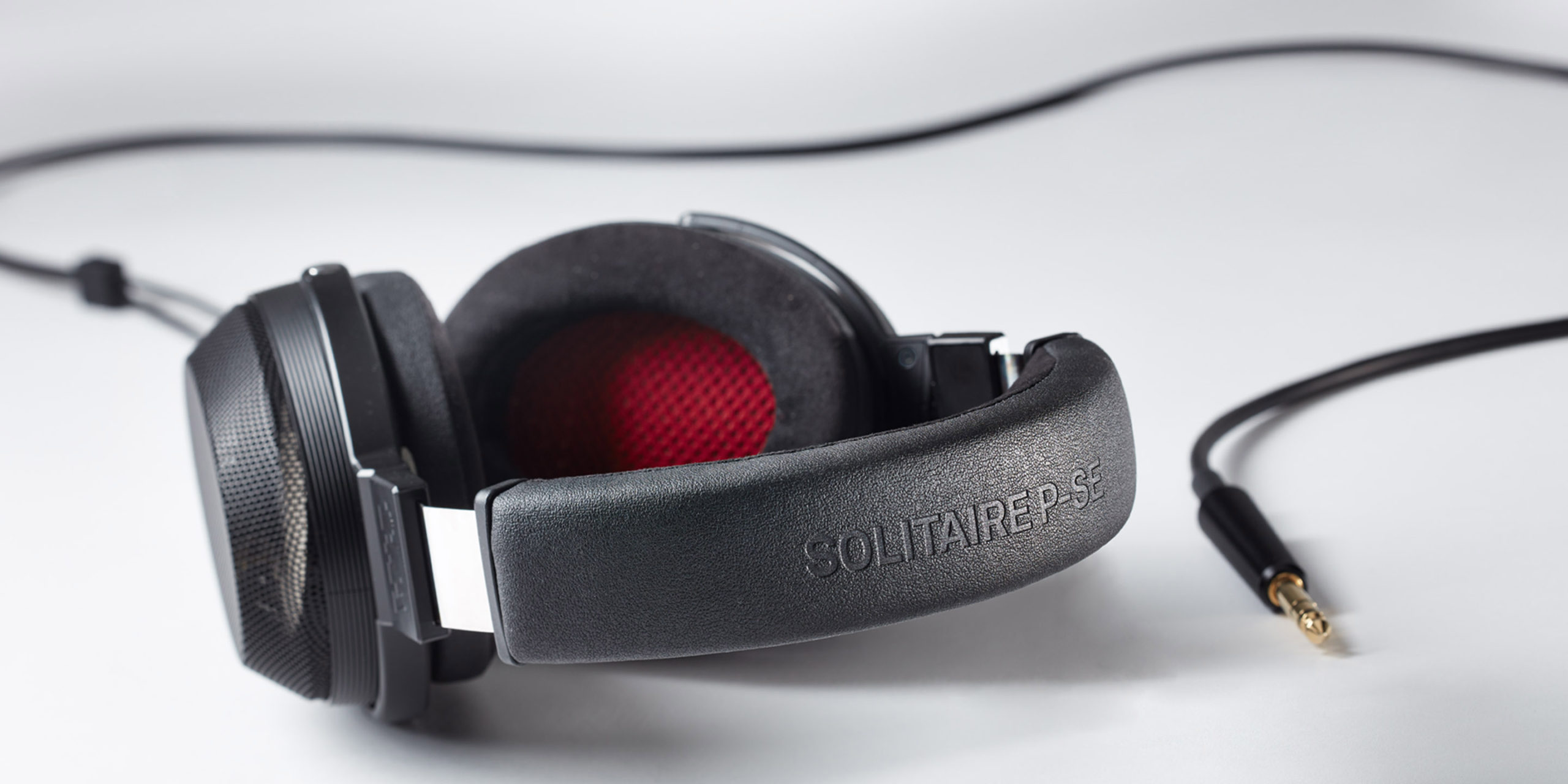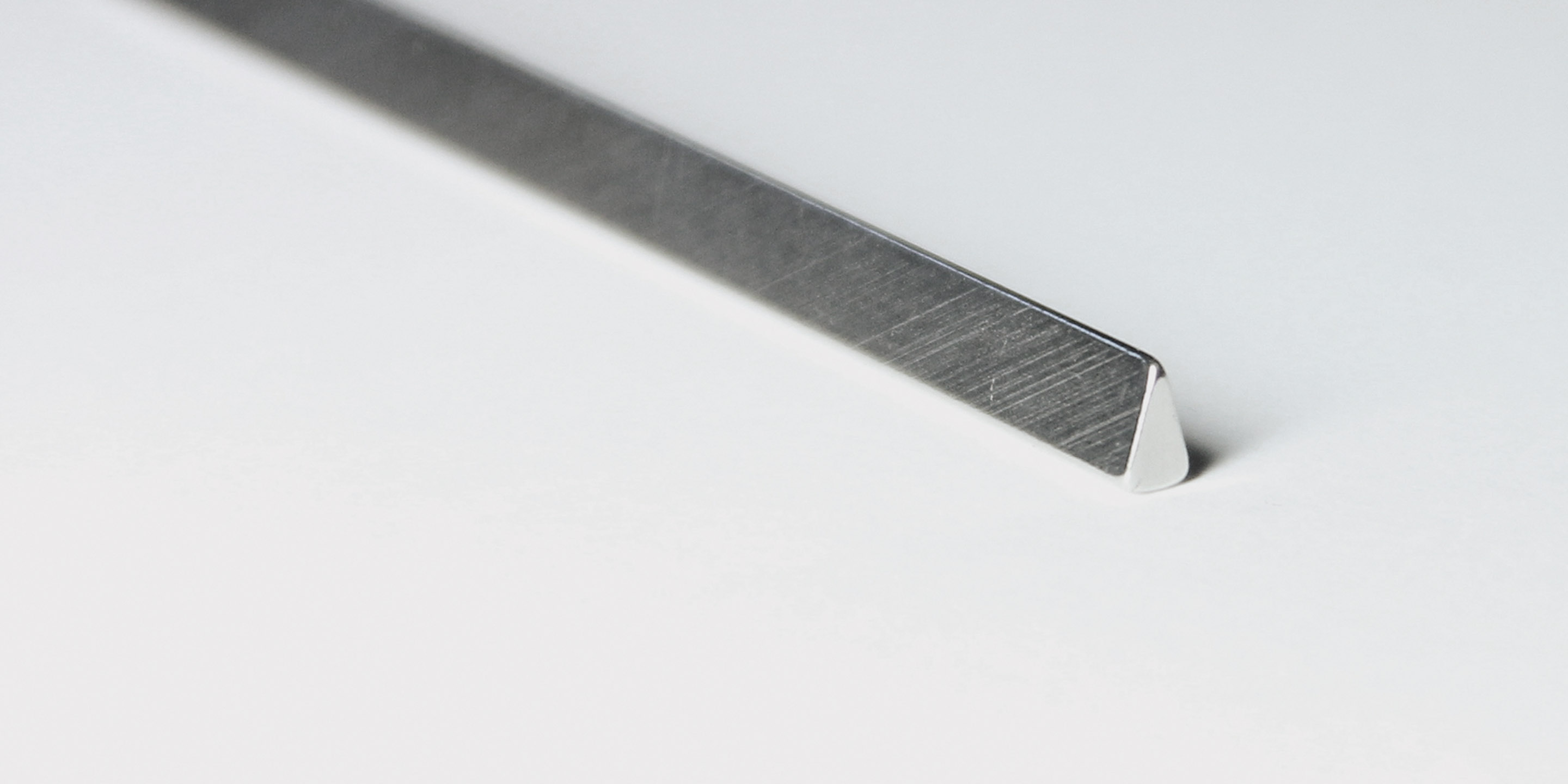Solitaire P
Solitaire P-SE Headphones
It is not a coincidence that our headphones bear the name Solitaire. Back in 1983 our founder developed T+A’s first planar-electrostatic transducer: the mid-high range unit for the Solitaire OEC active loudspeaker, which remains a legend to this day. Since that time we have continued to exploit this principle for our High-End speakers. The current Solitaire CWT range employs a planar-electrostatic mid-range / treble unit whose frequency range extends up to and beyond 50,000 Hz, and which is capable of generating sound pressure levels above 120 dB. The diaphragm of these transducers consists of a special ultra-thin film, driven by a powerful electrical field.
Our flagship model bears the name of the Series: The Solitaire P was introduced in March 2020 and quickly became a references level headphone, cherished by critics and customers alike. The Solitaire P-SE brings the spirit of the Solitaire P to a new and exciting price point.
